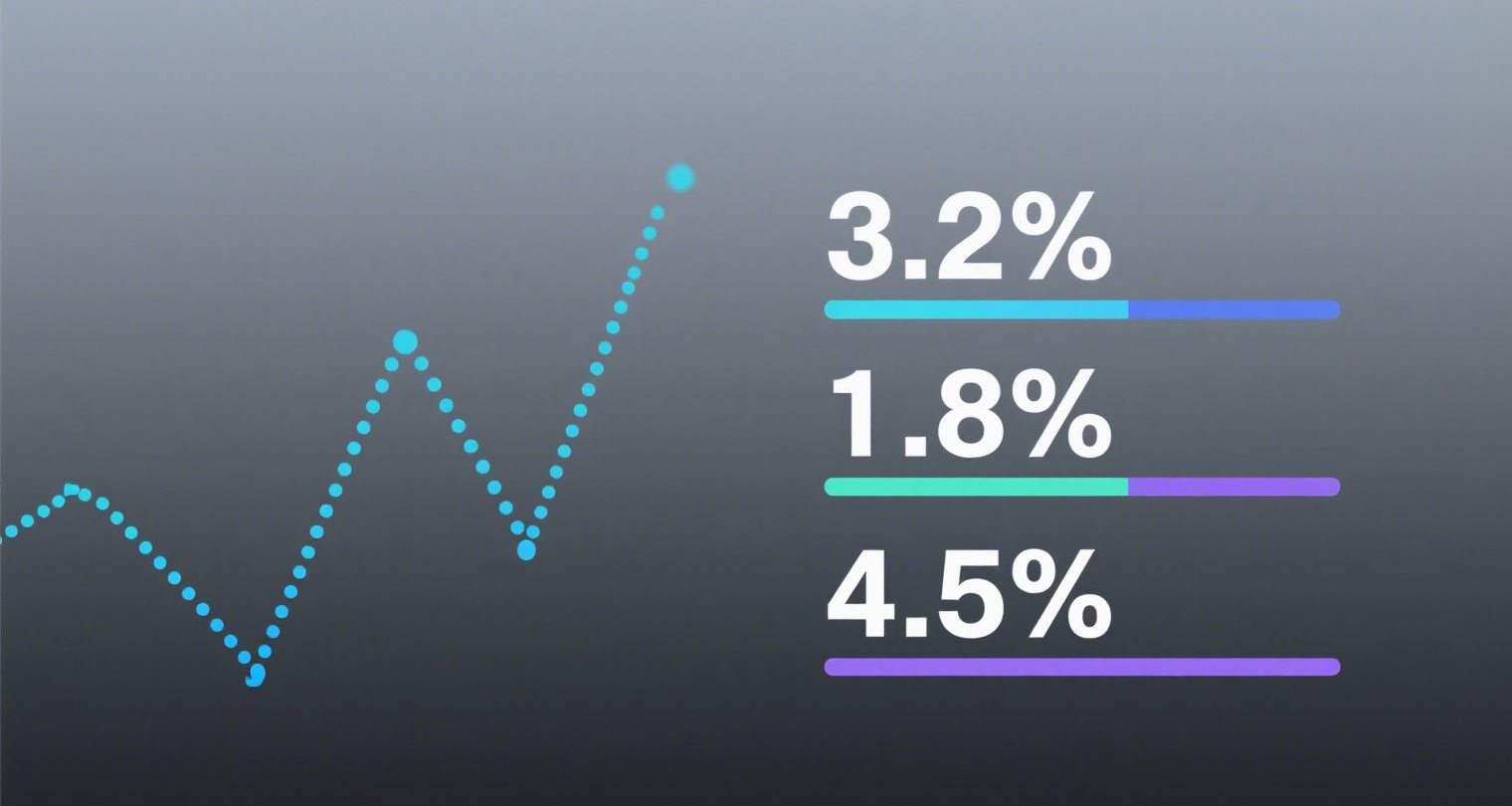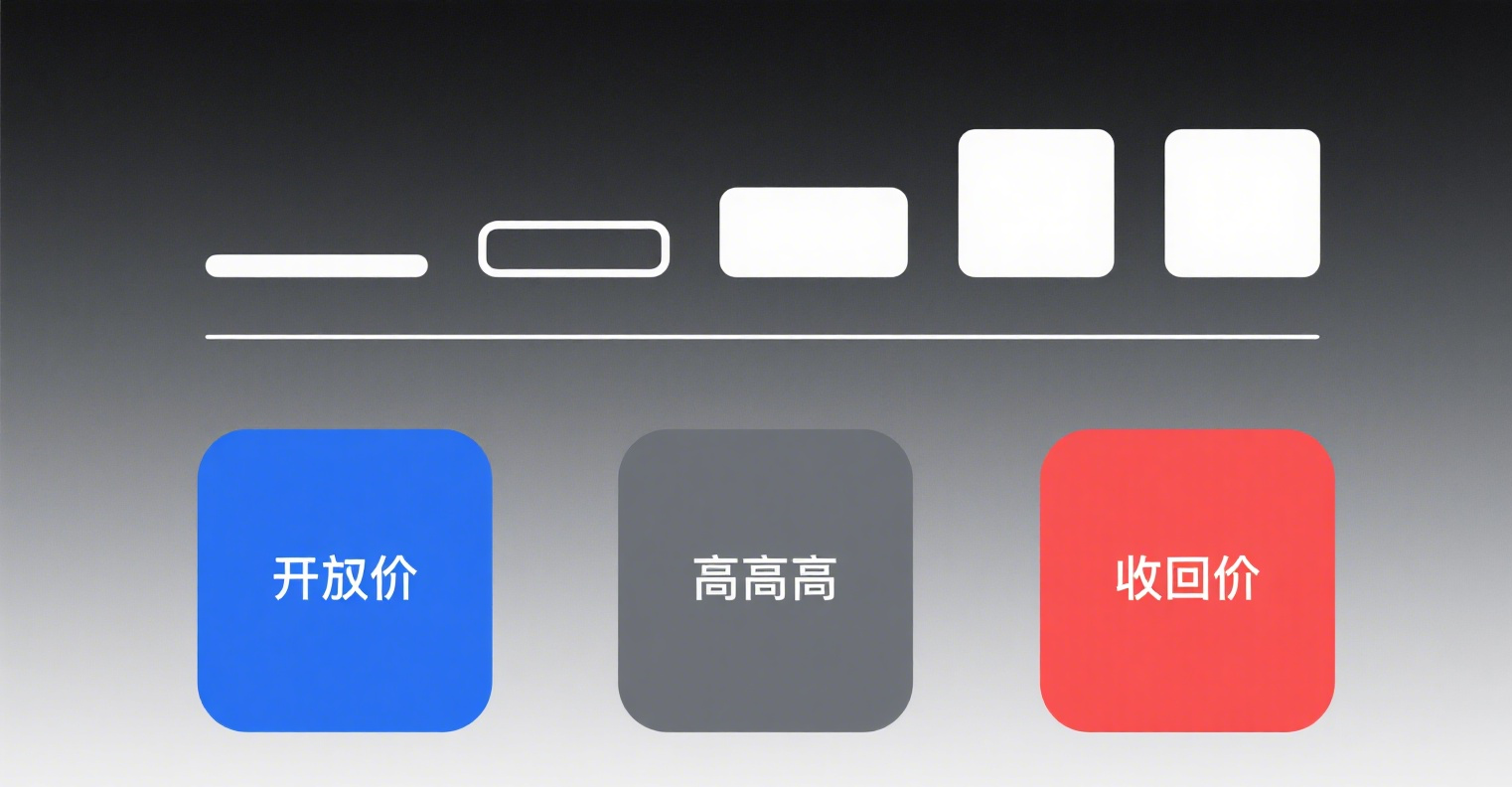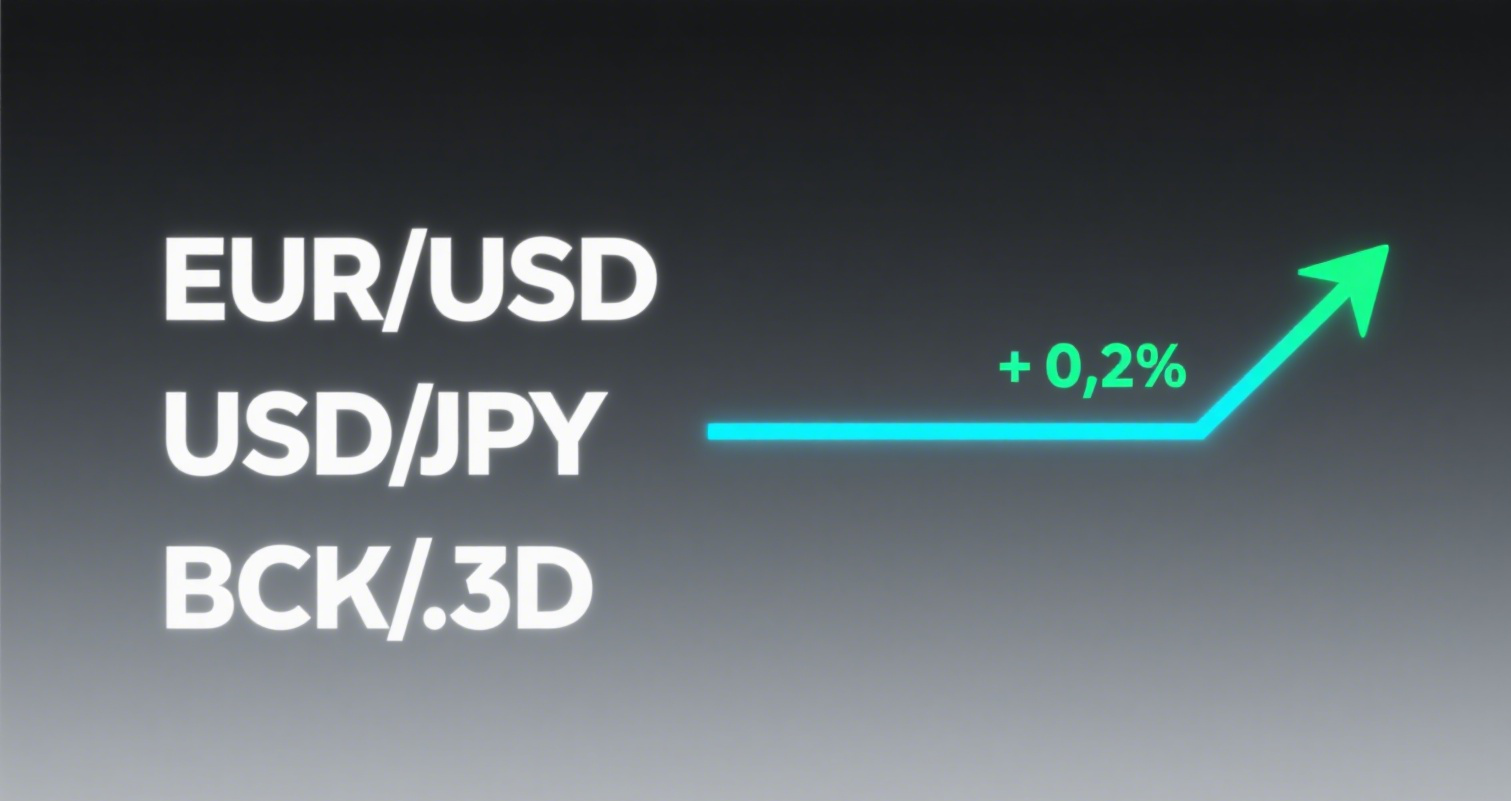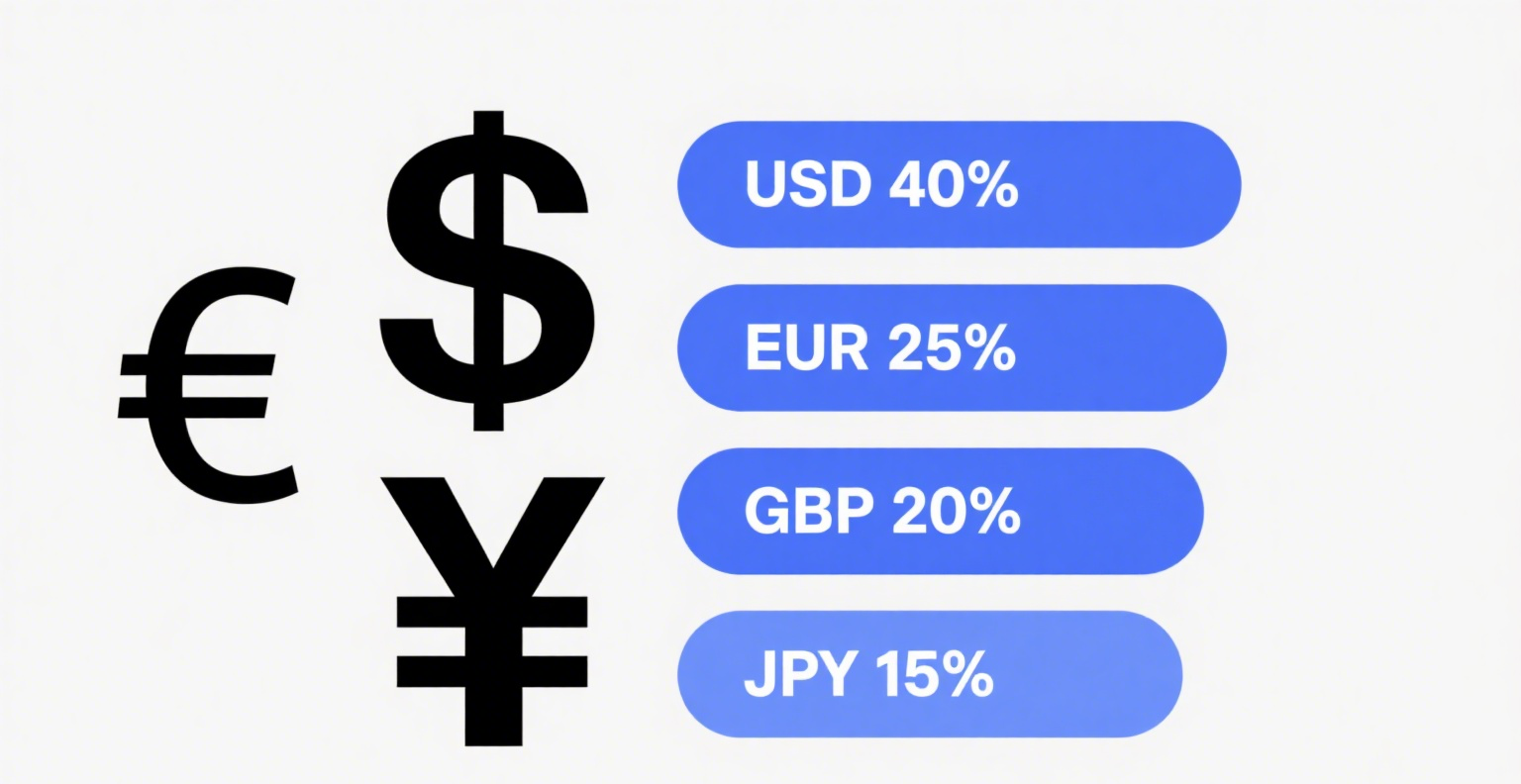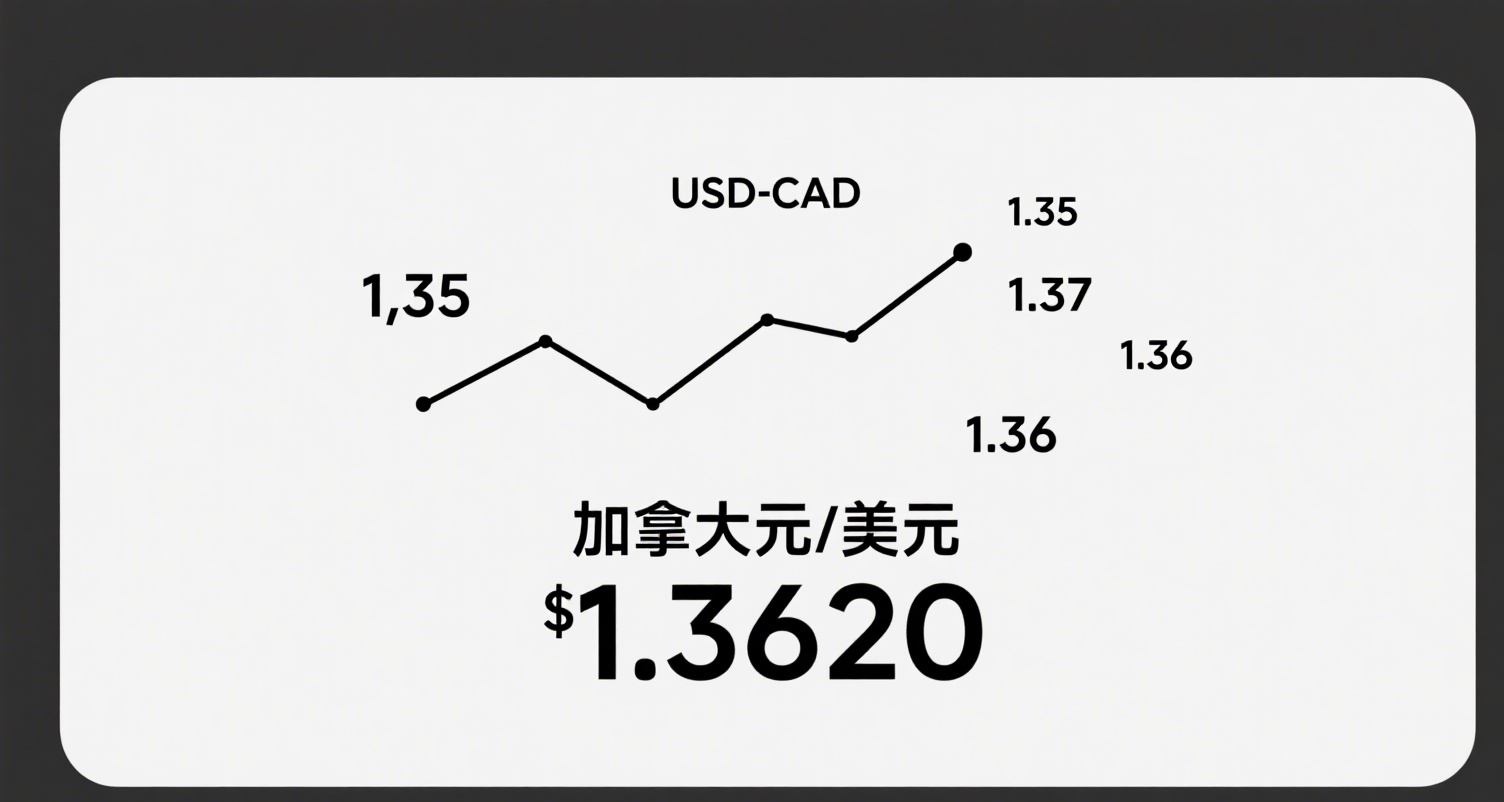
Wide Industry Coverage to Diversify Investment Risks
Broad-based indices aggregate listed companies with strong representation and liquidity across various industries, typically comprising dozens or even hundreds of constituent stocks. Their extensive industry coverage helps investors effectively avoid the risk of "putting all eggs in one basket" and mitigates the impact of "black swan" events, which is crucial for long-term pension investments.
Take the CSI A500 Index as an example. Its methodology emphasizes industry balance. On one hand, it prioritizes leading companies in CSI tertiary industries; on the other hand, it ensures the industry distribution of its constituents aligns as closely as possible with the overall market, reducing the influence of size factors on the index's industry allocation to comprehensively reflect the A-share market's industry structure.
Currently, the index covers all CSI primary and secondary industries, as well as 91 out of 93 tertiary industries, achieving near-complete coverage of A-share sectors.
Self-Renewal and Strong Vitality
Unlike individual stocks, broad-based indices can self-renew and maintain strong vitality. Individual stocks may face tail risks such as delisting or bankruptcy liquidation, but broad-based indices dynamically adjust their constituents, continuously incorporating vibrant and influential companies while removing or reducing the weight of declining ones.
Pension investments often span decades. In a market with healthy, sustainable economic growth and a long-term upward trend, robust broad-based indices can help pension investors navigate short-term volatility and uncertainty over extended periods, supporting the preservation and appreciation of pension assets.
From a long-term risk-return perspective, the CSI A500 Index may align well with the long-term allocation needs of personal pensions, enabling investors to gain exposure to A-share assets with a single click and capture the pulse of economic development over time. Wind data shows that from its base date on December 31, 2004, to December 27, 2024—nearly 20 years—the CSI A500 Index delivered an annualized return of 8.3%, an annualized volatility of 25.4%, and a Sharpe ratio of 0.41.











